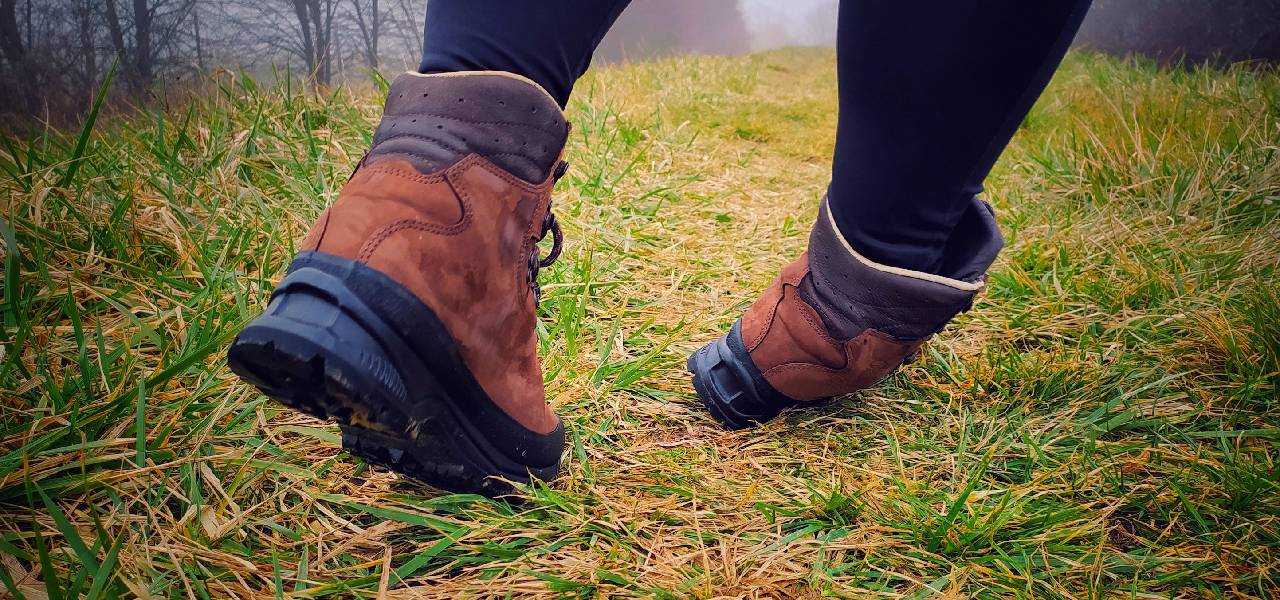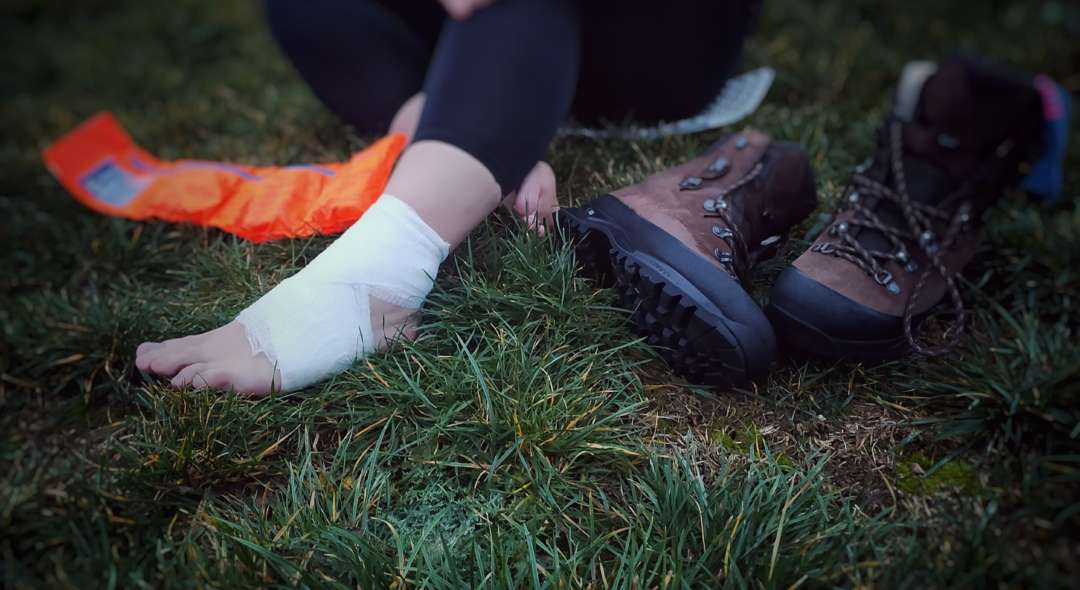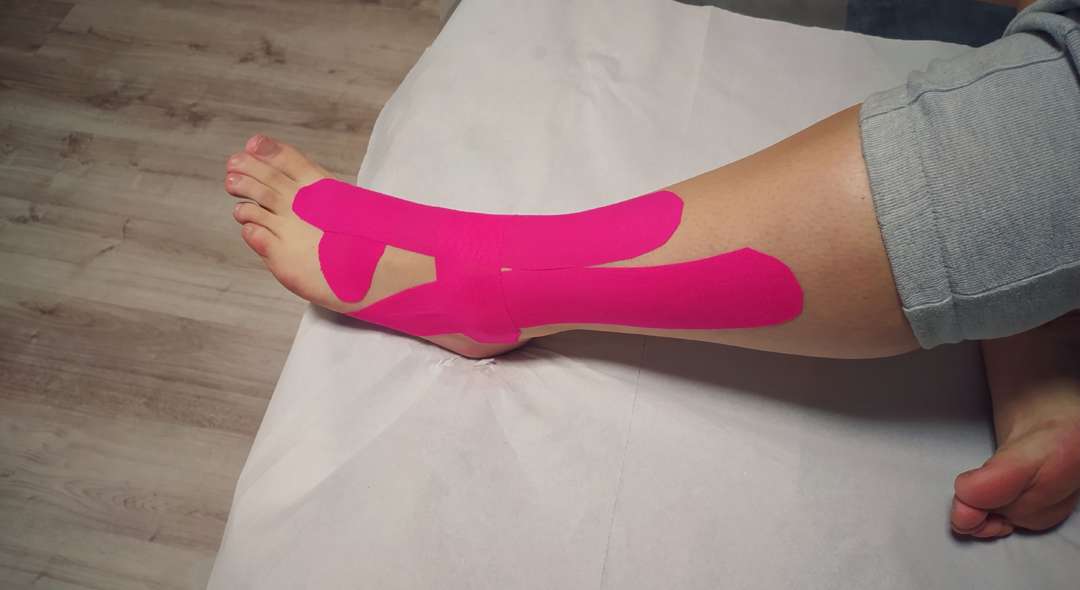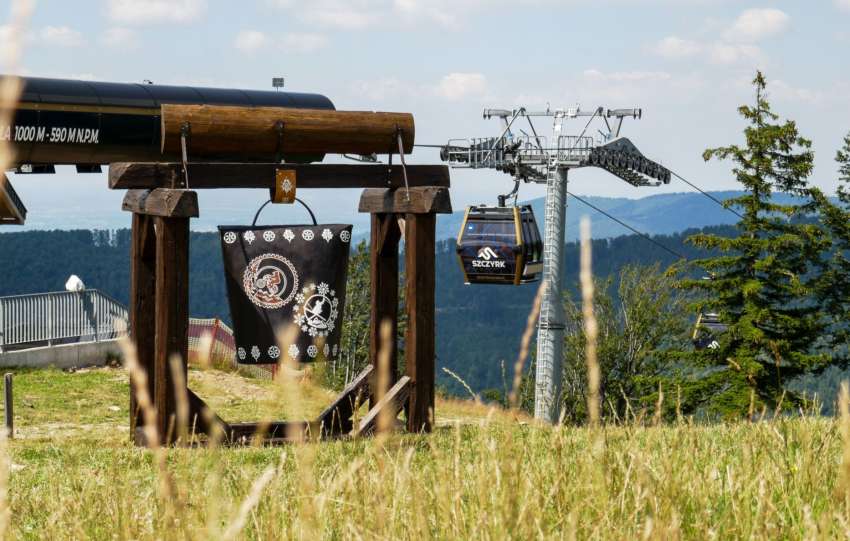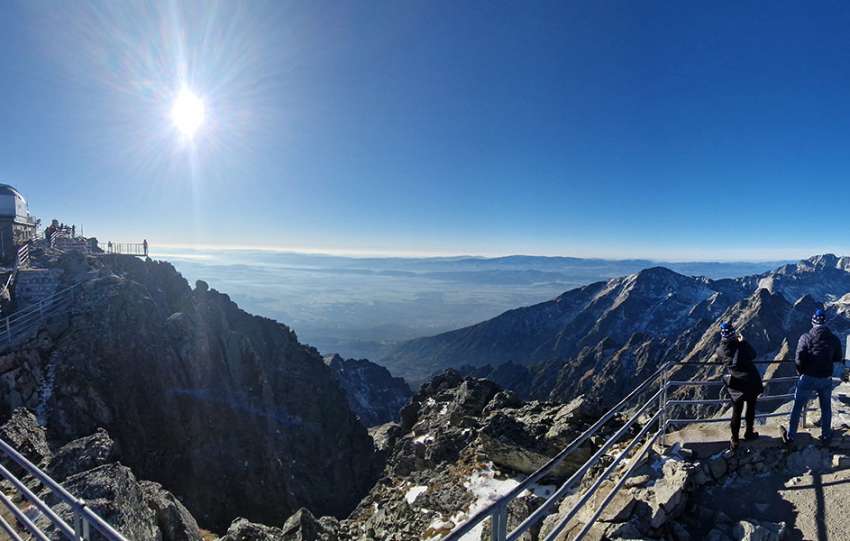Share This Article
Do you know what the most common injuries of tourists in the mountains are?
It is the sprained ankle that might not only end the hiking trip put also spoil following days, even weeks.
Whether you have taken a wrong step, jumped from a rock, stepped in a hole or just paused in thought while walking, it can happen to everybody. Your ankle suddenly hurts. Sometimes it’s enough to breathe deeply and the pain goes away and you can keep walking, but there are times when you are not able to make even one more step. When that is the case, the best is to call for help and seek medical treatment.
What has actually happened?
When walking, we shift weight from one leg to the other and once the foot and the ankle that we put weight on are not stable, there is a risk of injury. The body weight is shifted to the unstable leg, the foot turns and gets in an unnatural position pointing inwards or outwards. The ligaments are stretched beyond their capacity to extend and they can even get torn. All ligaments have a specific range of motion and boundaries that enable them to keep the joints stable. If the ligaments around the ankle are pushed beyond such boundaries, it can result in several levels of injuries:
- Spraining/overstretching – small ligament tears occur and use scar tissue to heal. After spraining, it’s usually possible to walk and complete the hike. There may be swelling and also pain which is caused by inflammation. Depending on the severity of the stretch, it may take 3 – 6 weeks to heal.
- Rupture – this is a worse injury as individual ligament tissues are partially or fully torn. The pain is stronger, there is swelling and also a blood clot. It takes at least 6 weeks to heal. The ankle needs to be immobilised so that the tissue can grow together. Only then the ankle can be gradually loaded and the rehabilitation process can start.
- Tear – the worst level of injury as the tissue is fully torn. In addition to strong pain and swelling, there might also be a fracture of one of the ankle bones. It usually needs surgery. The ankle joint has to be fully fixed and it takes much longer to heal – from 3 to 6 months.
How to prevent injury?
It’s important to ensure that your feet and legs are stable in all circumstances. The more stable and stronger is your ankle, the smaller is the risk of spraining. Ankle muscles, tendons and ligaments can be strengthened with toning exercises. In addition, injuries can be prevented if you are careful when hiking and pay attention to the surface you walk on.
Last but not least, buy stout and quality hiking shoes. Whether you choose low-cut or high-ankle boots, present-day models are made to support ankles in difficult terrain by limiting their movement. But if you are not used to walking in the mountains and your ankle is not well adapted, higher shoes would be better for you. More experienced “mountaineers” can hike also in trail shoes, but read more about this on the MTHIKER website. Proper foot fixation with shoelaces is also very important. There is no point in having quality shoes if you don’t tie your laces. The foot is not stable then and the danger of ankle spraining is higher.
The risk of injury can be reduced by wrapping the ankles with an elastic bandage or using compression sleeves and braces. But all that can be very uncomfortable and the foot can sweat. Taping is a much more comfortable and very effective technique. Tapes help keep the ankle in the right position and boost regeneration processes after hiking.
What to do?
Don’t forget that a first-aid-kit should be in the rucksack of every tourist. In case of emergency, you can help yourself alone and apply a bandage. You should stop walking as soon as possible and ice your ankle. Then wrap it with a bandage and keep it elevated.
Cooling, wrapping and elevating are the basic steps to treat an injury. The ankle should rest for a few days. A cooling gel might reduce the swelling and pain. But even if the pain is not strong, the best is to seek medical care and check whether it’s not a serious injury such as a rupture or a tear. Medical help is necessary then. If a torn ligament is not treated properly, it might result in chronic damage, pain and ankle problems.
Hiking is a beautiful sport and if you want to enjoy activities in nature, do your best to stay safe in all kinds of terrain and pay attention to prevention because ankles support the body weight.
This article has been created in cooperation with MTHIKER.sk. To learn more about the topic, read the original article of the author.
